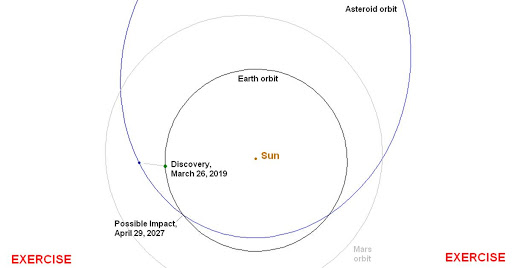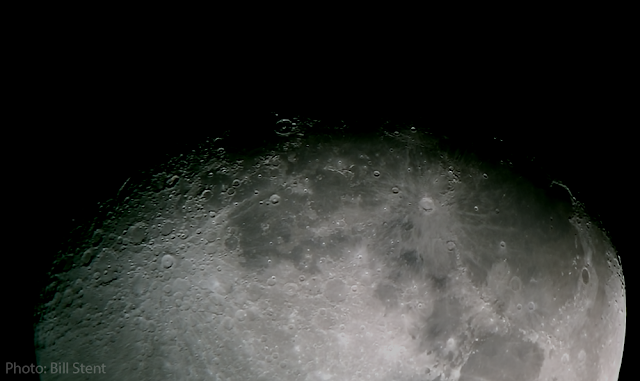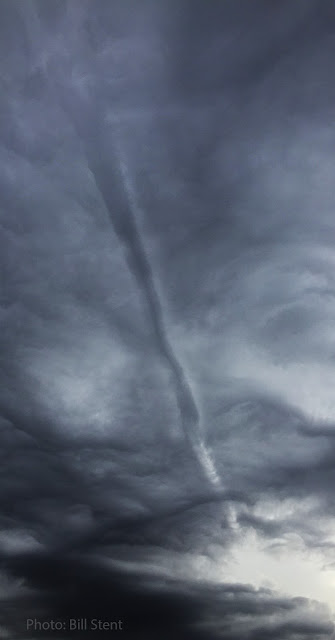New Australian $50 note - with typo

31 May 2019 Recently we heard that there was a typo on the new Australian $50 note. The $50 note features David Unaipon on one side and Edith Cowen on the other. As a security feature, the note includes microtext (which is a technical term for “really really small writing”) that relates to both of these people. Ms Cowen was Australia's first woman in parliament. On her side of the note, the microtext is an excerpt from her maiden speech, which was delivered in the Western Australian Legislative Assembly on 21 July 1921. Unfortunately, the text as printed on the note contains a typo. In several places, the word “responsibility” has been mis-spelled “responsibilty”. The showroom here has a number of microscopes set up for display, including a couple that hook up to a computer for photography. Being the geek type (all my friends gasp and say “NO!!”) I decided to see for myself. This photo shows the typo quite nicely. To take the photo, I used a Celestron Handheld Digital...









